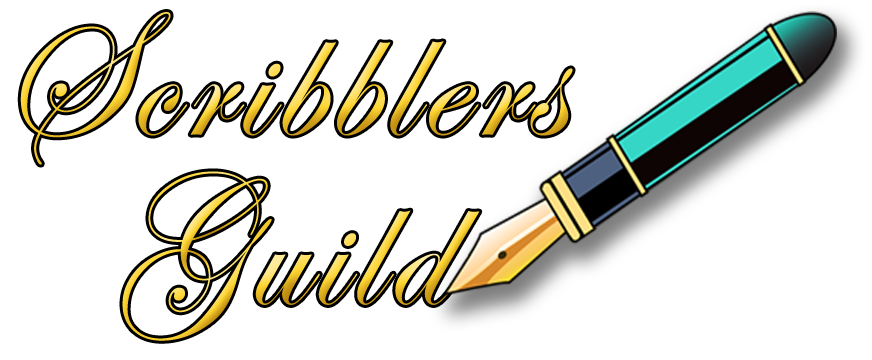Essay Series – Formal Essay
Part Two — The Formal Essay

For the month of July, we’re concentrating on a series about creating short pieces that engage and impact the reader. Last week we covered the Implied Contract between writer and reader and how it determines what we write.
This week, we’ll dive a little deeper into how to write them.
What is an Essay?
The structural basis of effective short pieces is the essay. In school, we learned the basics of essay writing, but in most cases, we couldn’t see the point of learning it. It wasn’t something we thought we’d ever use. But nowadays, everyone communicates online, so the more effectively we can communicate, the bigger our following, the greater our reach, and the more impact we can have.
An essay can be as short as 500 words, or it can run over 5000, but most fall somewhere around 1000 to 3000 words. This length gives the writer enough space to fully develop an argument and persuade the reader to the author’s viewpoint on a particular issue. An essay’s topic is limited only by the author’s imagination.
Blog posts, articles, personal histories, sales pitches, short stories, emails or even a 1,000-page PHD thesis, are all attempts writers use to communicate our thoughts with our readers, and they all tend to follow certain criteria. Throughout the centuries, these criteria evolved, becoming codified into an immutable structure — the essay.

These essays can be either formal or informal.
A blog post is in essence, an informal essay. Its point may be personal, political educational, humorous, philosophical, psychological, entrepreneurial, religious or any of the millions of opinions and topics randomly strewn across cyberspace, but they all require some structure in order for them to be effective. And that structure is loosely based on the formal essay.
Many memoirs, even entire autobiographies will often consist of a series of loosely-connected personal essays. A personal essay deals with a singular event or series of related events in our lives that together convey a point or message.
Therefore, if we want our work to have an impact, it makes sense for us to look at the way the individual components of those essays are arranged, in order to make that powerful point or convey that message. There is a specific flow to the words and ideas that pull the reader along so that they reach the conclusion the author wants them to reach.
Since the formal essay is the structural basis of all essays, we’ll start with that.
Formal Essays
Formal essays are characterized by serious purpose, dignity, logical organization and length.
The formal essay, also known as an impersonal essay is a short, relatively detached composition in prose. Academic in nature, the formal essay is typically used for the discussion of ideas. Its purpose is to inform or persuade.

A formal essay consists of several parts, the simplest construction being introduction, several body paragraphs supporting the argument or thesis statement, and a conclusion.
A formal, five-paragraph academic essay consists of, you guessed it, five paragraphs, (though in non-academic settings, more may be required to make the author’s point).
This type of essay contains three distinctly different kinds of paragraphs including (in order):
- Introduction paragraph
- Three body paragraphs
- Conclusion paragraph
1. Introduction Paragraph
The introduction paragraph should have three key parts:
- a “hook” (something that grabs the reader’s attention — an interesting fact, quote, question, statistic or anecdote)
- some background, (enough information to intrigue readers and keep them interested)
- and a thesis statement, (the main topic or point of the entire essay. The thesis statement acts as a transition, leading the reader into the body paragraphs which support the thesis statement)
Example:
Hook: (Question that speaks to your ideal reader)
Have you ever found yourself trying to write a blog post or short story and run out of steam partway through?
Background: (Background information that relates to the reader’s situation)
Maybe you started to berate yourself because you’re having an off day or you think you’re a terrible writer, that you’ll never get this pointless story finished.
Thesis Statement: (What the entire article is about)
The problem may be that your story has no structure.
2. Body Paragraphs

Each body paragraph contains and expands on one idea that relates to the main thesis or topic of the essay, and each body paragraph runs anywhere from six to twenty sentences. The length of each paragraph depends on the amount of research, analysis and discussion required to support the thesis statement.
The minimum requirements of a body paragraph are:
- a topic sentence (the paragraph’s thesis statement)
- a background sentence
- an explanation
- analysis
- a discussion
- a transition to the next paragraph
It’s possible to combine some of these elements within a single sentence, or expand them to more than one sentence. Many formal essays also require quotes and citations to support their arguments.
Example:
Topic Sentence (of paragraph): Structure is a critical component of good writing.
Background Sentence: You probably learned the structure of essay writing in school.
Explanation: Most students didn’t pay attention, because it was boring.
Analysis: It had no context, so you couldn’t see the relevance.
Discussion: Now that, along with everyone else, you’re online, you need to look at structure again, so you can communicate more effectively.
Transition: Here are some of the ways you can do that.
3. Conclusion Paragraph

This is the final paragraph and is often the shortest. It reviews and summarizes the arguments and restates the point. Briefly refer to the main points of discussion, so the reader understands the thought process that led to that conclusion. We want readers to remember and consider our message.
Example:
Topic Sentence (What the article is about):
Structure is a critical component of good writing.
Supporting Sentence (Why it’s relevant):
By following these rules, your writing will be much improved and your communication more clear.
Supporting Sentence (Point of discussion):
Essay structure can make your writing easier and you’ll be more likely to complete your projects quickly.
Supporting Sentence (Point of discussion):
Your readers will feel satisfied because your story makes sense.
Conclusion (The point, message or lesson):
The most effective way to write a blog post or short story is by using a template based on the formal essay structure.
A formal essay may also cite the author’s research sources with footnotes or a bibliography.
The formal essay is the foundation of all explanatory prose. Understanding this process gives us the grounding we need in how to write effective short pieces: essays, articles, blog posts, sales pitches, personal histories, short stories and emails. Even longer books, novels and epics tend to follow a similar pattern — beginning (about 25%), middle (about 50%) and ending (about 25%).
Next week, we’ll go over the Informal Essay and how it differs from the Formal Essay. The informal essay deals more with style and authorial voice and it’s the vehicle we use to present our own opinions and beliefs to our readers.
If this information is useful, or you have anything you’d like to add, please leave a comment below.
Happy Writing!

Related Posts:
Beverley Hanna
Trained as an artist in the late 1960’s and early 1970’s, I was one of the first creatives to be employed in the computer graphics industry in Toronto during the early 1980’s. For several years, I exhibited my animal portraiture in Canada and the U.S. but when my parents needed care, I began writing as a way to stay close to them. I’ve been writing ever since. I run a highly successful local writer’s circle, teaching the craft and techniques of good writing. Many of my students have gone on to publish works of their own. I create courses aimed at seniors who wish to write memoirs, with a focus on the psychology of creatives and the alleviation of procrastination and writer's block.

One Comment
Pingback: